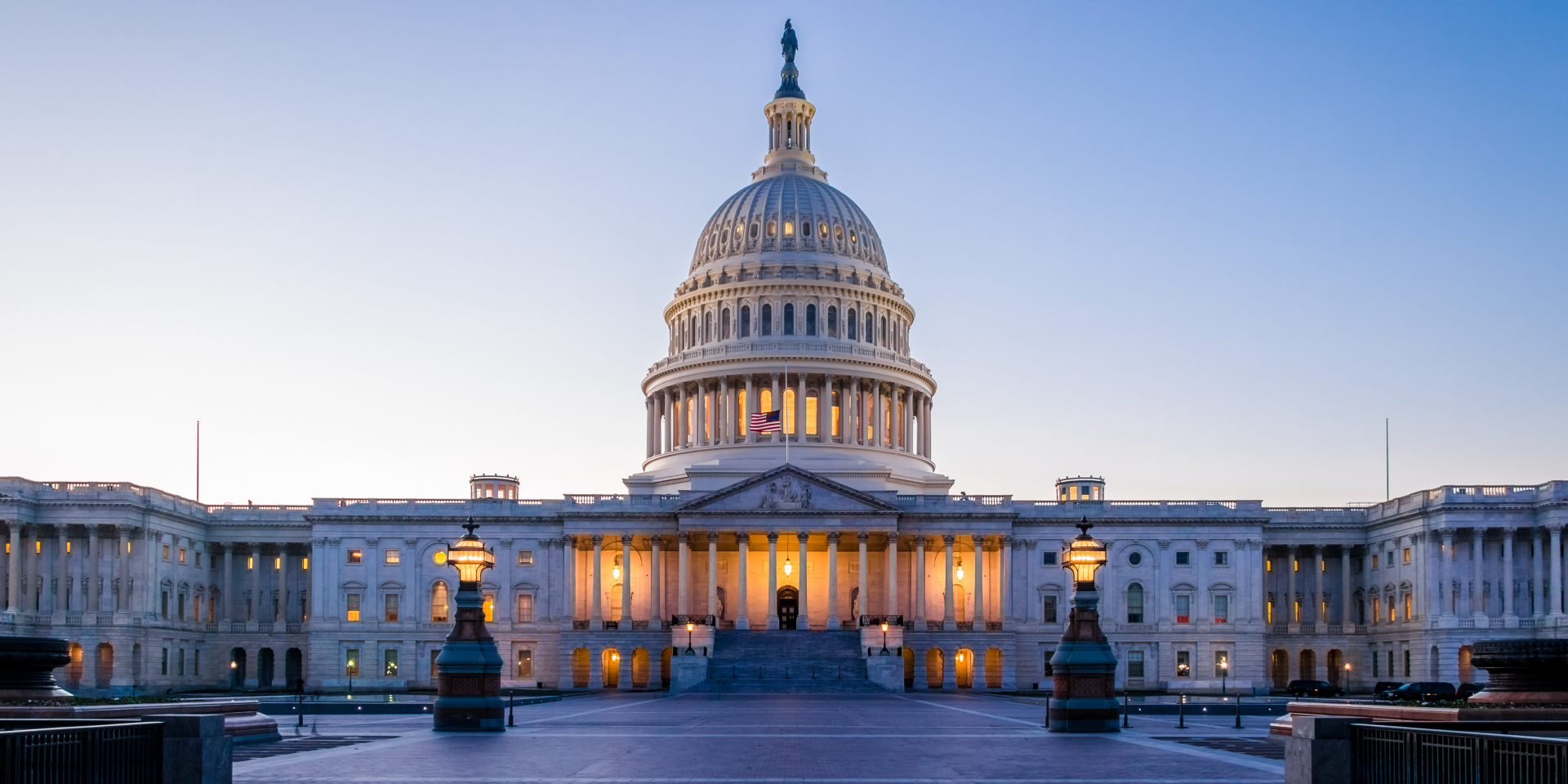The United States is home to some of the most prestigious universities in the world, offering students a wealth of academic programs, research opportunities, and vibrant campus experiences. Whether you’re considering an Ivy League school, a top public university, or a specialized institution, this guide provides everything you need to know about universities in the USA, including rankings, programs, admissions, and more.
Why Study in the USA?
The USA is a top destination for higher education due to:
- World-Class Universities – Home to institutions like Harvard, MIT, and Stanford.
- Diverse Programs – Offers a wide range of disciplines from engineering to arts.
- Research Opportunities – Access to cutting-edge research facilities.
- Cultural Diversity – A melting pot of cultures and backgrounds.
- Career Prospects – Strong connections with global industries and employers.
Top Universities in the USA
Universities in the USA are ranked based on academic excellence, faculty, research output, and student satisfaction. Below are some of the top institutions:
1. Ivy League Universities
These elite private universities are known for academic excellence and strong alumni networks:
- Harvard University (Massachusetts) – Law, business, medicine.
- Yale University (Connecticut) – Law, arts, and humanities.
- Princeton University (New Jersey) – Mathematics, humanities.
- Columbia University (New York) – Journalism, business, and law.
- University of Pennsylvania (Pennsylvania) – Business (Wharton School).
- Dartmouth College (New Hampshire) – Liberal arts and sciences.
- Brown University (Rhode Island) – Open curriculum and research.
- Cornell University (New York) – Engineering, hotel management.
2. Top Public Universities
Public universities provide high-quality education at a lower cost for in-state students:
- University of California, Berkeley (UC Berkeley) – Engineering, computer science.
- University of California, Los Angeles (UCLA) – Film, medicine, business.
- University of Michigan, Ann Arbor – Law, business, social sciences.
- University of Texas at Austin – Engineering, business, technology.
- University of Florida – Research, medicine, business.
3. Best Technology & Research Institutions
For students interested in science, technology, and research, these institutions lead in innovation:
- Massachusetts Institute of Technology (MIT) – Computer science, AI, engineering.
- California Institute of Technology (Caltech) – Physics, space sciences.
- Stanford University – Entrepreneurship, tech startups.
- Carnegie Mellon University – Robotics, AI, data science.
- Georgia Institute of Technology (Georgia Tech) – Aerospace, mechanical engineering.

Types of Degrees Offered
Universities in the USA offer a variety of degree programs:
- Associate’s Degree (2 years) – Community colleges, foundation for a bachelor’s degree.
- Bachelor’s Degree (4 years) – BA, BS in arts, sciences, engineering, and more.
- Master’s Degree (1-2 years) – MBA, MS, MA for advanced specialization.
- Doctoral Degrees (3-7 years) – PhD, MD, JD for research and professional careers.
Admission Process for US Universities
Admission to US universities is competitive, requiring careful preparation. Key steps include:
1. Choose a University and Program
Research universities based on rankings, faculty, programs, and campus life.
2. Meet Academic Requirements
- High school diploma or undergraduate degree for graduate programs.
- Minimum GPA requirements (varies by institution).
- Standardized test scores (SAT, ACT for undergrad; GRE, GMAT for grad school).
3. Submit Required Documents
- Application Form – Through Common App, Coalition App, or university portals.
- Personal Statement / Statement of Purpose (SOP) – Essay explaining academic goals.
- Letters of Recommendation – From teachers, professors, or employers.
- English Proficiency Test – TOEFL, IELTS for international students.
- Resume (for graduate programs) – Work experience and academic background.
4. Application Fees
Application fees vary but range between $50 to $100 per application.
5. Interview (if required)
Some universities require interviews as part of the selection process.(Replace with actual image)
Cost of Studying in the USA
Tuition fees vary based on the type of institution and program:
- Public Universities (In-State): $10,000 – $30,000 per year.
- Public Universities (Out-of-State): $25,000 – $50,000 per year.
- Private Universities: $30,000 – $70,000 per year.
Additional costs include:
- Living expenses: $10,000 – $20,000 per year (housing, food, transport).
- Health insurance: $500 – $2,000 per year.
Scholarships and Financial Aid
Many universities offer scholarships based on merit, financial need, and specific talents. Some well-known scholarships include:
- Fulbright Scholarship (for international students).
- Rhodes Scholarship (for outstanding academic performance).
- Gates Millennium Scholars Program.
- University-Specific Scholarships – Offered by individual institutions.
Best Cities for Students in the USA
Certain cities offer excellent education, lifestyle, and job opportunities:
- Boston, Massachusetts – Home to Harvard, MIT, and Boston University.
- New York City, New York – Columbia University, NYU.
- San Francisco Bay Area, California – Stanford, UC Berkeley.
- Chicago, Illinois – University of Chicago, Northwestern University.
- Los Angeles, California – UCLA, USC, film and media hub.
Post-Graduation Opportunities
After completing their degrees, students in the USA have multiple career pathways:
- Optional Practical Training (OPT) – Allows international students to work for up to 12 months after graduation (up to 36 months for STEM fields).
- H-1B Visa Sponsorship – Many graduates apply for work visas sponsored by companies.
- Networking and Internships – US universities have strong industry connections, helping students secure jobs.
Conclusion
The USA remains one of the best destinations for higher education due to its top-ranked universities, diverse programs, and vast career opportunities. Whether you aim for an Ivy League school, a prestigious public university, or a technology institute, thorough research and preparation will help you achieve your academic and professional goals.
If you’re planning to study in the USA, start early, explore scholarship options, and choose a university that aligns with your aspirations!
